
1856 - 1910
Mikhail Vrubel
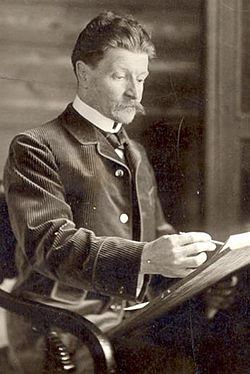
description
A Russian artist of the turn of the 19th and 20th centuries, an academician.
Mikhail was born into the family of a professional military lawyer and adjutant of the Separate Siberian Corps. He tried to draw from the age of five.
The phenomenally gifted Vrubel created works in almost all genres and types of fine art: in painting and drawing, theatrical art and decorative sculpture, monumental painting and even architecture – the mansion of S. Mamontov, the church in Talashkino, the pavilion at the World Exhibition in Paris were designed by Mikhail Vrubel.
Key ideas:
– Mikhail Vrubel managed to realize Symbolism in the form of a coherent aesthetic and philosophical system. This is reflected in the appeal to folk, fairy-mythological subjects, in the emotional technique of painting, and in the choice of the palette. Art critic N. Dmitriev claimed that Vrubel’s works “are fully literary”: plot works often have either a literary or theatrical source.
– Also, the most vivid impressions of Vrubel were caused by music, under the influence of which, in particular, majolica sculptures “Sadko”, “Snow Maiden ”, etc. were born.
– Confessing the cult of deep nature, Vrubel created art with expressive sharp forms. This reflected both the tragedy of the author’s worldview and the painful internal breakdown peculiar to the artist’s personality.
– The artist deliberately violated the usual norms of painting. The canvases, especially the triptych “The Demon”, seem to be composed of separate fragments, like stained glass windows, in which every detail is perfected. The joints of the planes with their depressions and protuberances form the edges of the volume. The color gamut with its disturbing vibration of shades is exceptional.
– The unique style of Mikhail Alexandrovich is characteristic of “chased” painting when the shapes are cut to the finest bends. Vrubel’s mural-painting manner is also original, so much that Prakhov said: for his special stylized murals, the temple must be built “in a very special style”.
– In the genre of portrait, M. Vrubel was an innovator, combining fabulous elements of the background with a deep psychological image. Such paintings, conventionally referred to as “portrait-fantasy”, make up a whole gallery of visualization of the faces of two women – Elena Prakhova and Nadezhda Zabela.
1856
1880
1884
1885
1887 - 1989
1891
1893
1902
1906
1910
The birth of the artist
Became a student of P. Chistyakov
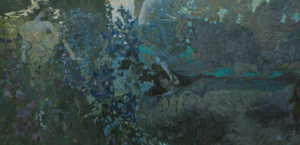
Went to Kiev

He left for Odessa

He painted sketches for the unrealized murals of the Kiev Vladimir Cathedral
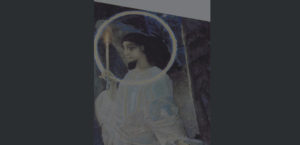
Got acquainted with Mamontov
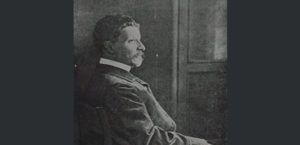
Created works for the mansions of the Morozovs

The beginning of his mental illness
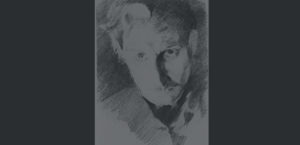
The artist went blind

The death

Mikhail Vrubel
On Artist
flow
Impressionism
Post-impressionism
Byzantine art
Early Renaissance
Academicism
friends
Valentin Serov
Adrian Prakhov
Boris Eduards
Kyriak Kostandi
Alexander Rizzoni
Fedor Shekhtel
Alexander Matveev
Vasily Polenov
artists
Lawrence Alma-Tadema
Giovanni Bellini
Ilya Repin
Ivan Aivazovsky
Pavel Chistyakov
Vittore Carpaccio
Chima da Conegliano
Pavel Svedomsky
Karl Bryullov
Alexander Ivanov
Vasily Tropinin
Vladimir Borovikovsky
Dmitry Levitsky
By Artist
flow
Symbolism
Modern
friends
Nikolay Murashko
Konstantin Korovin
Vladimir Derviz
artists
Martiros Sarian
Vsevolod Maksimovich
Stepan Jaremic
